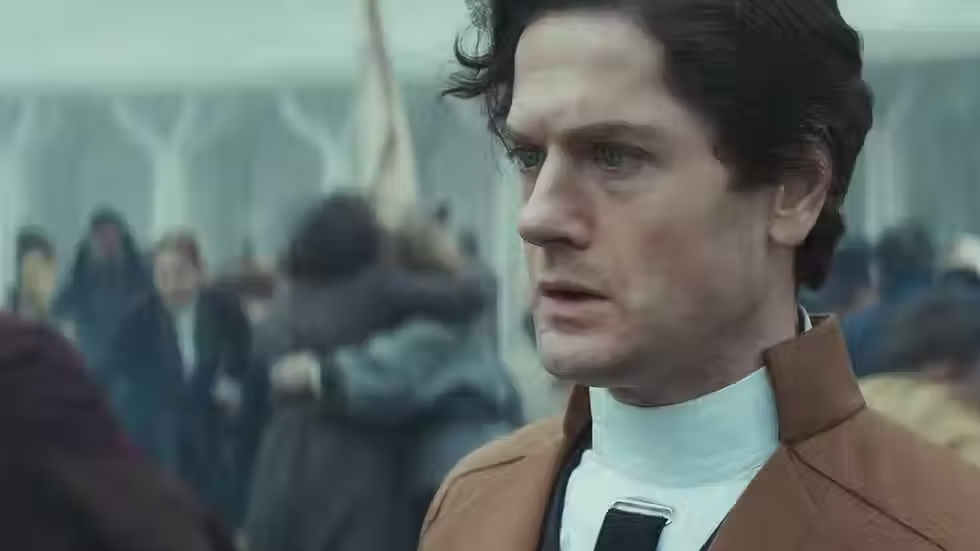Review: Violent Streets
- ogradyfilm
- Dec 17, 2022
- 2 min read
Updated: Dec 17, 2022
[The following review contains SPOILERS; YOU HAVE BEEN WARNED!]

Based solely on the list of Hideo Gosha titles available on the Criterion Channel (including Three Outlaw Samurai, Sword of the Beast, and Bandits vs. Samurai Squadron), you’d be forgiven for erroneously believing that the esteemed director worked exclusively in the chanbara genre. Much like Martin Scorsese, Akira Kurosawa, and Takashi Miike, however, his actual filmography is significantly more varied and versatile than his reputation (which has been shaped primarily by the commercial realities of licensing and distribution) would suggest. Case in point: Violent Streets, a gritty, grimy, unapologetically sleazy neo-noir thriller currently screening at Metrograph.
Replacing the sprawling battlefields of feudal Japan with the smoky nightclubs, neon-drenched alleyways, and rusty scrapyards that characterized the cultural decay of the country’s postwar era, Violent Streets epitomizes the ‘70s grindhouse aesthetic. Unlike the elegantly lensed sword duels glimpsed in Gosha’s jidaigeki efforts—immaculately choreographed ballets of dynamic framing and graceful camera movement that I’ve often compared to Steven Spielberg’s quietly confident style—this movie’s frequent brawls and shootouts are rough and chaotic, featuring shaky handheld cinematography and intentionally choppy editing: fists flail clumsily, bottles shatter against fractured skulls, and stray bullets dislodge clouds of debris. This relatively naturalistic approach is, perhaps, less visually appealing than a conventionally structured action scene, but it also exhibits a visceral quality that is undeniably compelling.

But beyond these superficial differences, Violent Streets still shares a great deal of thematic DNA in common with Gosha’s more popular period dramas. Patiently observing the central conflict from the outskirts of the narrative, the shadowy antagonists are, in fact, greedy opportunists, exploiting, betraying, and ultimately discarding their loyal subordinates in order to increase their own (already considerable) power and influence; these “legitimate businessmen” (gangsters in all but name), Gosha argues, are merely the logical evolution of the corrupt, oppressive shogunate—and, by extension, the fanatical imperialists that led their nation to the brink of ruin. As both our vengeful antihero and his friendly rival (appropriately clad entirely in black and white, respectively) slowly bleed to death in a filthy chicken coop, the manipulative villains benefit from their suffering—and the denouement makes it abundantly clear that they won’t be facing any consequences for their treachery.
It’s a brutally, unabashedly nihilistic ending reminiscent of Sergio Corbucci’s The Great Silence—and there is transcendent beauty in its moral ugliness.





Comments